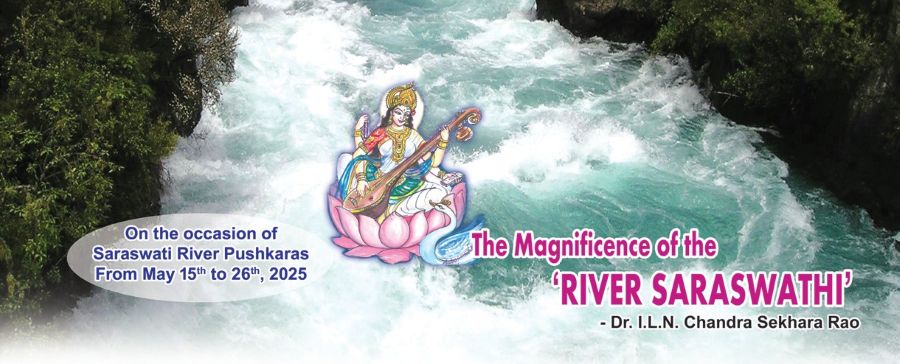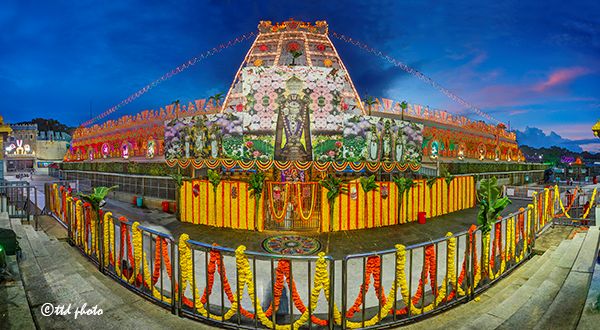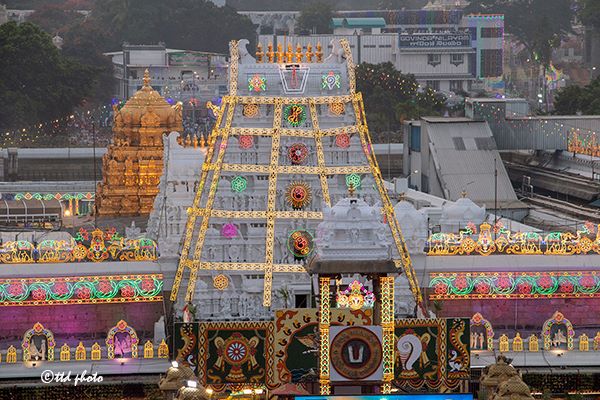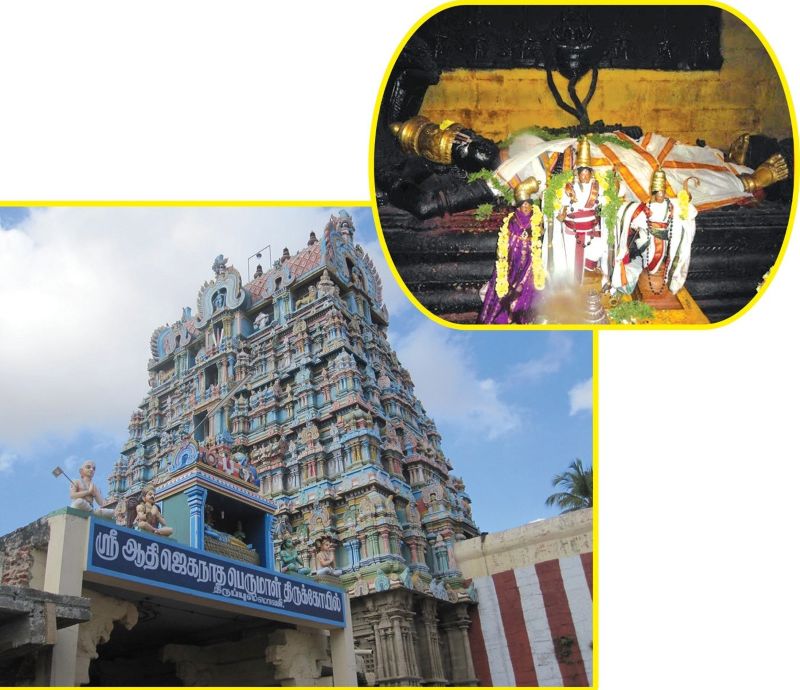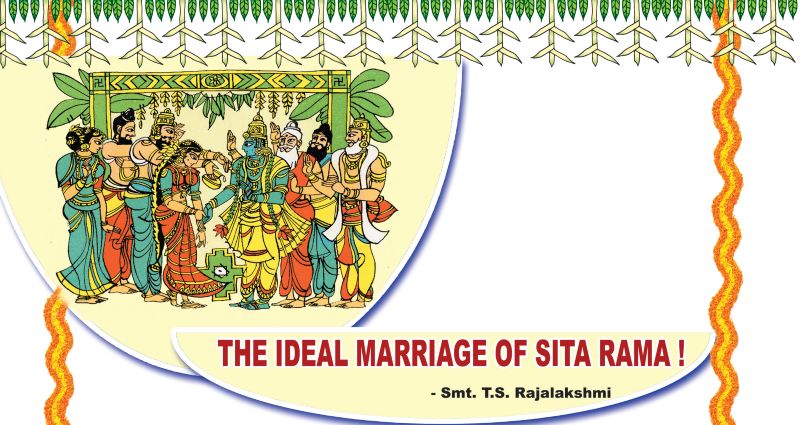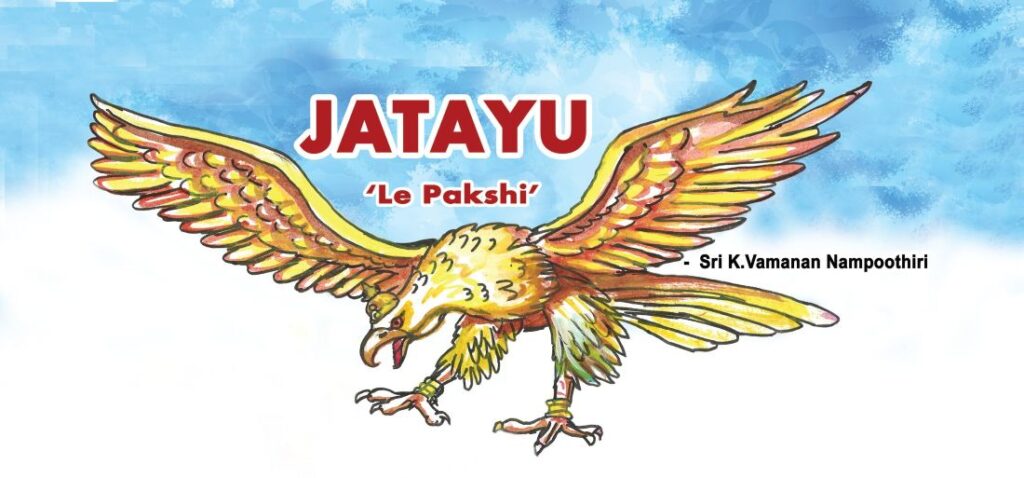On the occasion of Saraswati River Pushkaras from 15th May to 26th, 2025 Saraswati River: Its Role in Ancient Indian Beliefs Since the time of ancient civilizations, the river Saraswati like the Ganges and the Yamuna is the most sacred river although it flows as an inner channel. The reference of the river Saraswati is Read More
Author:
Understanding the 6 Shanti Mantras: A Beginner’s Guide
Shanti Mantras We must approach a task with the right mental attitude whenever we undertake it. This preparation will greatly enhance the chances of success in our undertaking. For similar reasons, we have many Prakaras (enclosures) in our temples. As the devotee goes around each Prakara, his concentration improves and his mind gradually gets focused Read More
Who are the Ashtadikpalakas? Exploring the 8 Directional Deities
Ashtadikpalakas In Service of Brahmotsavams The Ashtadikpalakas are eight in number. As their collective name suggests, they rule the eight quarters or the eight directions of the universe. Ashta means eight, “dik” means quarters or directions and” pālaks “means rulers. According to Padma Purana, long long ago at the time of starting Kaliyuga, sacred Narayanadri Read More
Unlock Inner Peace: Exploring the Vishnu Shatpadi
Sri Vishnu Shatpadi Stotram by Jagatguru Sri Adi Shankaracharya ‘Sri Vishnu Shatpadi Stotram’ is the most fascinating stotram composed by Jagatguru Sri Adi Shankaracharya. He has composed this stotram of six verses with a great scholastic beauty in a literary and metaphorical style. In the Shatpadi Stotram, each verse is soaked in the sweet sugar Read More
Sri Vari Pournami Garuda Seva 2025 – Schedule
Schedule of Sri Vari Pournami Garuda Seva 2025 TTD has been conducting Garuda Seva in Tirumala on the full moon day of every month for the past a few years. The monthly Garuda seva stands cancelled on some special festive occasions. The Garuda Vahana Sevas will be conducted on the following dates in 2025. 12-05-2025 (Monday) Read More
Kalyanotsava Mandapam – Inside Tirumala Temple
Kalyanotsava Mandapam or Kalyana Mandapam The lush green forests of Seshachala house, Sri Venkateswara Swamy, who is also revered as Perumal, Venkatachalapati, Tirumalesa, Govinda, Balaji, Srinivasa and many more names. Mandapams – Tirumala Temple The ancient temple of Lord Venkateswara in the hill shrine of Tirumala is an amazing complex of history, culture, and traditions. Almost Read More
Sri Aadhi Jagannatha Temple, Thiruppullani
Sri Aadhi Jagannatha Temple – Thiruppullani Location Thiruppullani is about 125 km due east and a little south of Madurai in Tamil Nadu near the town of Ramanathapuram. Thiruthangal is 80 km south and a little to the west of Madurai. Temple location on Google Maps Thirupullani Sthalapuranam The place has a double connection with Read More
Maha Kumbha Mela 2025: History, Significance & Dates
What is Maha Kumbha Mela? The Maha Kumbha Mela is one of the world’s largest spiritual gatherings, drawing millions of devotees, saints, and seekers from across the globe. Held once every 12 years at Prayagraj (Allahabad), this sacred Hindu festival marks a powerful cosmic alignment and a time for spiritual cleansing. Pilgrims take a holy Read More
Sita Kalyanam: Epic Tale, Rituals, and Cultural Importance
Sita Kalyanam – Ideal Marriage of Sita Rama Raaghavatve abhavat Seetaa Rukmanee Krishna janmani | Anyeshu cha avataareshu Vishnoh eshaa anapaayinee || When Lord Vishnu takes the ‘avatara’ as Lord Sri Rama, Goddess Lakshmi becomes Sita. When He takes the incarnation as Lord Krishna, She becomes Rukmini. Whatever Lord Vishnu has taken the ‘avataras’, She Read More
Jatayu: The Noble Bird in Hindu Mythology
Who Was Jatayu? Exploring the Legend of the Divine Vulture “Le pakshi” so heard the wounded bird Jatayu from Sri Rama and these gave it the vigour of life to narrate the events that made it suffer a fatal blow – these divine words are said to have unveiled the name of this place as Read More
